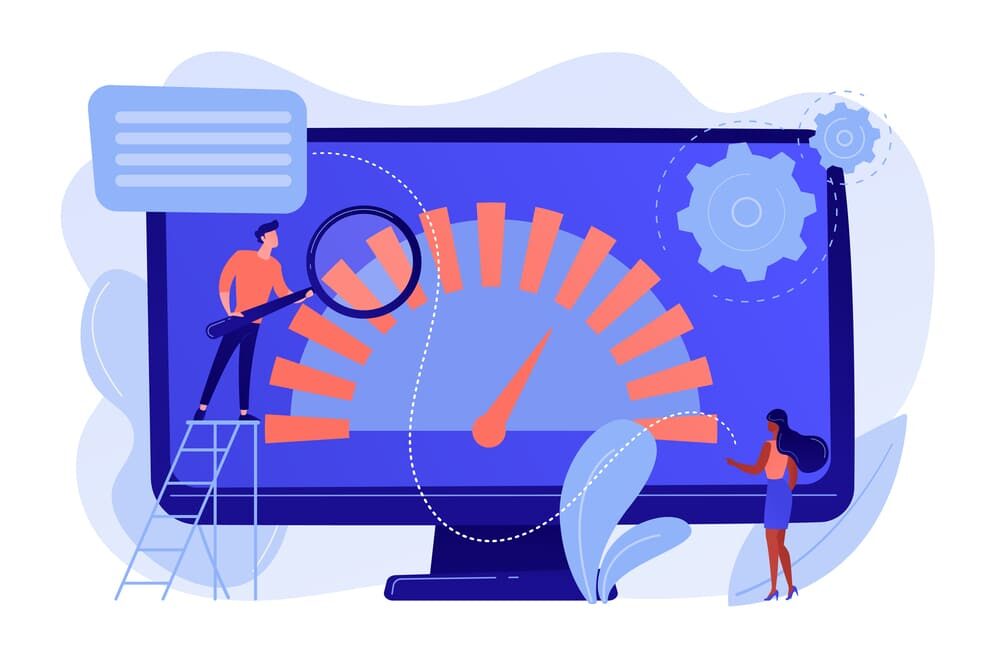The Power of Video SEO: Boost Your SEO Marketing Efforts
In today’s digital landscape, staying ahead in the ever-evolving world of SEO marketing is paramount. The battle for online visibility and top search engine rankings has never been more competitive. However, there’s a secret weapon in the SEO arsenal that is gaining prominence and delivering remarkable results: Video SEO. In this article, we will explore how harnessing the power of Video SEO can elevate your SEO marketing efforts.
The Rise of Video Content
The online realm is undergoing a transformation, and video content is at the forefront of this revolution. Whether it’s promotional videos, tutorials, or even live streams, videos have emerged as a favored medium for online information consumption. The numbers don’t lie – video traffic is projected to account for a significant portion of online traffic.
Integrating video content into your SEO strategy can yield impressive results, and here’s how:
Enhancing Engagement and Dwell Time
Engagement is a key metric in SEO marketing, and video content excels in this area. When users find your content engaging and informative, they are more likely to stay longer on your site. This increased “dwell time” signals to search engines that your content is relevant and valuable, which can positively affect your rankings.
Building Trust and Authority
Trust and authority are the pillars of successful SEO marketing. Videos allow you to showcase your expertise, connect with your audience, and build trust. When your target audience trusts your content, they are more likely to convert into loyal customers, contributing to your brand’s authority in the industry.
Improving Click-Through Rates
Rich video snippets in search engine results can enhance your click-through rates (CTR). People are naturally drawn to video thumbnails, making your content stand out in search engine results pages (SERPs). A higher CTR can lead to improved rankings, as it signifies that users find your content appealing and relevant.
Targeting Specific Keywords
Incorporation of video content adds an extra dimension to keyword targeting. Videos can be optimized with relevant keywords, descriptions, and tags. This means that your video content can rank for specific keywords, diversifying your SEO marketing strategy.
Leveraging the Power of YouTube
YouTube, the second-largest search engine, is a goldmine for SEO marketing. By creating and optimizing video content on YouTube, you tap into an extensive user base. Additionally, embedding YouTube videos on your website can boost your SEO efforts by increasing user engagement and drawing traffic back to your site.
The Mobile Advantage
New York is known for its tech-savvy population. Mobile users, in particular, are consuming video content at an astonishing rate. This presents a golden opportunity for SEO marketing. Mobile-optimized videos can significantly enhance the user experience, boost your rankings, and attract local customers to your business.
Combining Video SEO with Traditional SEO
The synergy between Video SEO and traditional SEO practices cannot be overstated. A New York SEO consultant will emphasize the importance of aligning your video content strategy with your broader SEO objectives. This includes:
- Keyword Optimization: Research and choose the right keywords for your video content. These should align with your overall SEO strategy.
- High-Quality Content: Ensure your videos are informative, engaging, and well-produced. High-quality content is key to retaining your audience.
- SEO-Friendly Titles and Descriptions: Craft SEO-optimized video titles and descriptions, utilizing relevant keywords.
- Optimizing Thumbnails: Thumbnails should be visually appealing and relevant to the video content.
- User Experience: A user-friendly website with a well-organized video library can improve user experience and SEO rankings.
- Backlinks and Social Sharing: Encourage backlinks and social sharing to boost the reach of your video content.
Realizing the Potential
The incorporation of Video SEO into your SEO marketing strategy is not only beneficial but increasingly necessary in a competitive landscape. New York SEO consultants are already helping businesses in the region gain an edge by tapping into the immense potential of video content.
If you’re looking to enhance your SEO marketing efforts, partnering with a New York SEO consultant experienced in Video SEO is a smart move. The power of video is undeniable, and it’s a driving force behind boosting your website’s visibility, engagement, and authority.
The rise of video content is a trend that cannot be ignored. The impact it can have on your SEO marketing strategy is substantial. The New York’s tech-savvy market is ready to consume your video content, making it a valuable addition to your digital marketing arsenal. Don’t miss out on the video revolution; invest in Video SEO today to maximize your SEO marketing efforts.














